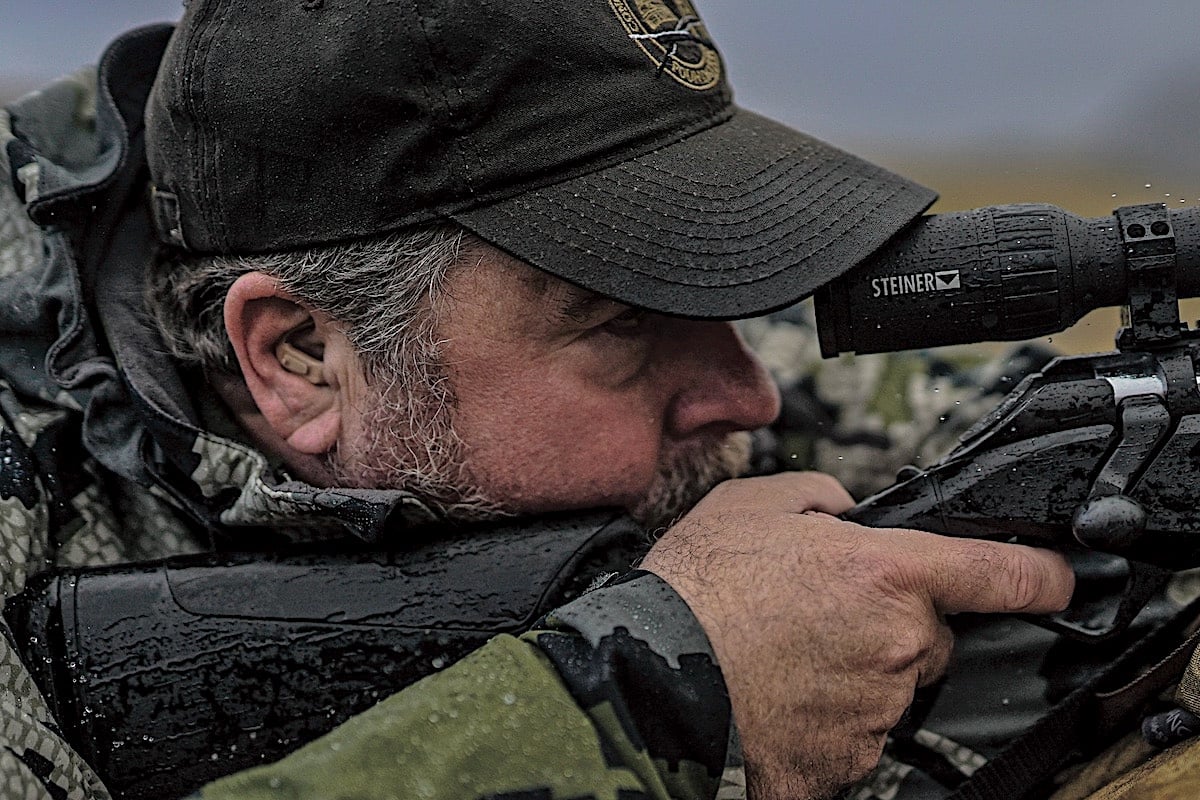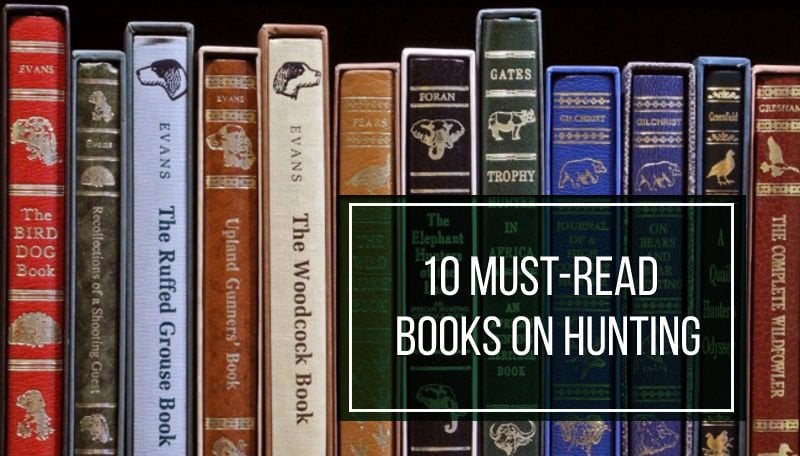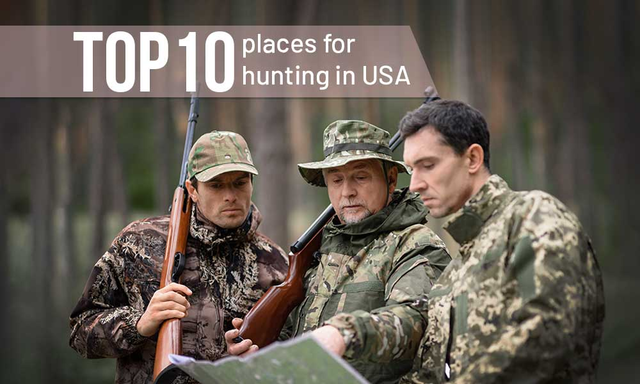Last Updated on
In this article, we’ll be discussing a topic that’s crucial for anyone who enjoys shooting sports or spends time at the range: the importance of proper shooting ear protection. It’s no secret that firearms produce loud noises, and exposure to these sounds can have long-lasting consequences for your hearing. Our goal is to educate you on the different types of hearing protection available and guide you in making an informed decision to protect your ears while shooting. So, let’s dive right in and explore why it’s essential to use the right hearing protection for shooting and how to choose the best one for you.
Table of Contents
How Loud Noises Can Damage Your Hearing
Types of Ear Protection
– Ear Plugs for Shooting
– Ear Muffs for Shooting
– Active Hearing Protection
Factors to Consider When Choosing Hearing Protection
– Noise Reduction Rating (NRR)
– Comfort & Fit
– Durability and Maintenance
Final Words
How Loud Noises Can Damage Your Hearing
Our ears are delicate, intricate organs that are also very vulnerable to damage from prolonged or repeated exposure to loud noises. When sounds are too loud, they can cause the sensitive hair cells within our inner ear – which are responsible for converting sound vibrations into electrical signals for our brain – to become damaged or destroyed. Once these hair cells are damaged, they never regenerate, leading to permanent hearing loss.
In addition to potential hearing loss, exposure to loud noises can also cause other health issues, such as tinnitus (a persistent ringing, buzzing, or hissing sound in the ears) or hyperacusis (increased sensitivity to everyday sounds).
To understand the risks of loud noises, it’s essential to familiarize ourselves with the concept of decibels (dB), which is the unit used to measure sound intensity. The higher the decibel level, the louder the noise. Sounds below 70 dB are generally considered safe for long-term exposure, while those above 85-90 dB can cause hearing damage if you’re exposed to them for extended periods.
For perspective, a normal conversation typically occurs at around 60 dB, while the noise from machinery can reach levels of 110-120 dB. 140 dB is the threshold of pain, and when it comes to gun noise, the decibel levels are even higher, often ranging between 140-170 dB.
To give you a better idea of the noise levels produced by various firearms, here are some examples:
- .22 rifle – 140 dB
- 9mm pistol – 160 dB
- 12-gauge shotgun – 165 dB
- .223 AR-15 – 167 dB
As you can see, even the smaller caliber firearms (except a 12ga shotgun) produce noise levels that can be harmful to your hearing. It makes it all the more important to use appropriate hearing protection every time you shoot, regardless of the caliber of firearm you’re using.
Types of Ear Protection
There are three types of ear protection for shooting – ear plugs, earbuds, and ear muffs.
Ear Plugs for Shooting
Ear plugs are inserted into the ear canal to block out noise and come in various materials and designs, offering different levels of protection and comfort.
Disposable Foam Earplugs – These are inexpensive, single-use earplugs made from soft foam. The benefits are ease of use and a decent level of noise reduction. Downsides? Foam plugs may not fit all ear sizes perfectly, and their disposable nature can be less eco-friendly.
Reusable Ear Plugs – Reusable plugs are made from silicone or rubber and can be washed and used multiple times. They often provide a more customized fit with better noise reduction and comfort but, at the same time, are slightly more expensive than foam ones.
Custom Ear Plugs – For the ultimate fit and comfort, custom-molded ear plugs are made from impressions of your ear canal, ensuring a perfect fit. Due to being tailored to your ears, they offer the best noise reduction and comfort possible, but they can be quite pricey compared to other options.
Ear Muffs for Shooting
Shooting ear muffs are simple gear that relies on insulating materials to block out noise. They’re generally affordable and easy to use but may not provide as much noise reduction as in-ear-canal options, especially in the low-frequency range. Besides, they may be bulky for some shooters.
Active Hearing Protection: Electronic Ear Muffs & Active Noise-Canceling Ear Plugs
Electronic ear protection, like active noise-canceling ear buds and ear muffs, is an awesome choice for shooters who want to keep their ears safe without feeling cut off from the world. Both of these gadgets have built-in microphones that pick up loud noises (think gunshots) and quickly bring the volume down to safer levels.
The cool part is that you can still hear what’s going on around you – ambient sounds, conversations, etc. Now, these high-tech features might come with a higher price tag and you’ll probably need to charge the batteries. But despite those little drawbacks, lots of shooters find that the mix of hearing protection and staying in tune with their surroundings makes active electronic ear muffs and earbuds totally worth it.
Factors to Consider When Choosing Hearing Protection
Noise Reduction Rating (NRR)
First up, let’s talk about Noise Reduction Rating, or NRR for short. The NRR number tells you how much noise reduction a hearing protection device provides. The higher the NRR, the more noise it blocks out – simple as that. When comparing different devices, make sure you choose one with an adequate NRR so your ears stay safe from those loud gunshots.
Also, keep in mind that NRR values are measured in decibels (dB), and every 3 dB increase means twice the noise reduction. So, a device with an NRR of 30 dB will block out twice as much noise as one with an NRR of 27 dB.
However, here’s what you need to think about. Let’s say you’re shooting an unsuppressed 9mm Glock, which produces noise at a whopping 162 dB. If you decide to wear, say, Walker’s Game Ear electronic earbuds with an NRR of 24 dB, you might think you’re all set. However, the noise level you’ll experience is still almost the pain threshold (138 dB) and can cause hearing damage over time.
So, if you’re looking for the ultimate hearing protection during your shooting sessions, consider combining two types of protection, for example, active earbuds and passive ear muffs or simple foam plugs and something like Walker’s Razor ear muffs. With an electronic device, you get that smart noise-cancellation technology that lowers loud gunshot sounds while letting you hear what’s going on around you. And with some low-NRR passive devices added into the mix, you’ve got an extra layer of protection.
Comfort & Fit
While it’s crucial to prioritize noise reduction, comfort and fit should not be overlooked. If your hearing protection is uncomfortable or doesn’t fit well, you may be less likely to use it consistently, putting your hearing at risk. Moreover, a poor fit can also compromise the effectiveness of hearing protection.
When trying on different types of plugs, muffs, and buds, consider factors such as the size and shape of your ears, the materials used, and how the devices feel during extended periods of wear. It’s essential to strike the right balance between protection and comfort to ensure consistent use and optimal hearing safety.
Durability and Maintenance
Lastly, investing in quality hearing protection that is durable and easy to maintain is critical. When selecting shooting ear protection, consider how easy it is to clean and maintain and whether replacement parts are readily available. Durable, well-made devices may have a higher upfront cost, but they can save you money and provide better protection in the long run.
Final Words
The importance of proper hearing protection for shooting cannot be overstated. Protecting your ears from the loud noises produced by firearms is essential for maintaining your hearing health and enjoying your favorite shooting activities for years to come. Remember, it’s crucial to choose the right type of hearing protection that offers an ideal balance between noise reduction, comfort, and durability. Luckily, GRITR Outdoors has an extensive range of the best hearing protection for shooting. By investing in the right gear, you can focus on honing your skills and having fun at the range while knowing your ears are well-protected.
FAQ
Do I need ear protection when shooting?
Hearing protection is essential when shooting because firearms produce loud noises that can cause immediate and long-term damage to your hearing. Prolonged or repeated exposure to these loud sounds can lead to permanent hearing loss, tinnitus, or hyperacusis.
What is NRR?
Noise Reduction Rating (NRR) is a numerical value that indicates the level of sound reduction provided by a hearing protection device. The higher the NRR, the greater the noise reduction.
What types of hearing protection are available for shooting?
There are several types of hearing protection available for shooting, including disposable foam earplugs, reusable earplugs, custom-molded earplugs, passive earmuffs, electronic earmuffs, and active noise-canceling earbuds and earmuffs.
How do electronic earmuffs work?
Electronic earmuffs use built-in microphones to detect loud noises and compress them to safe levels while still allowing you to hear ambient sounds.











